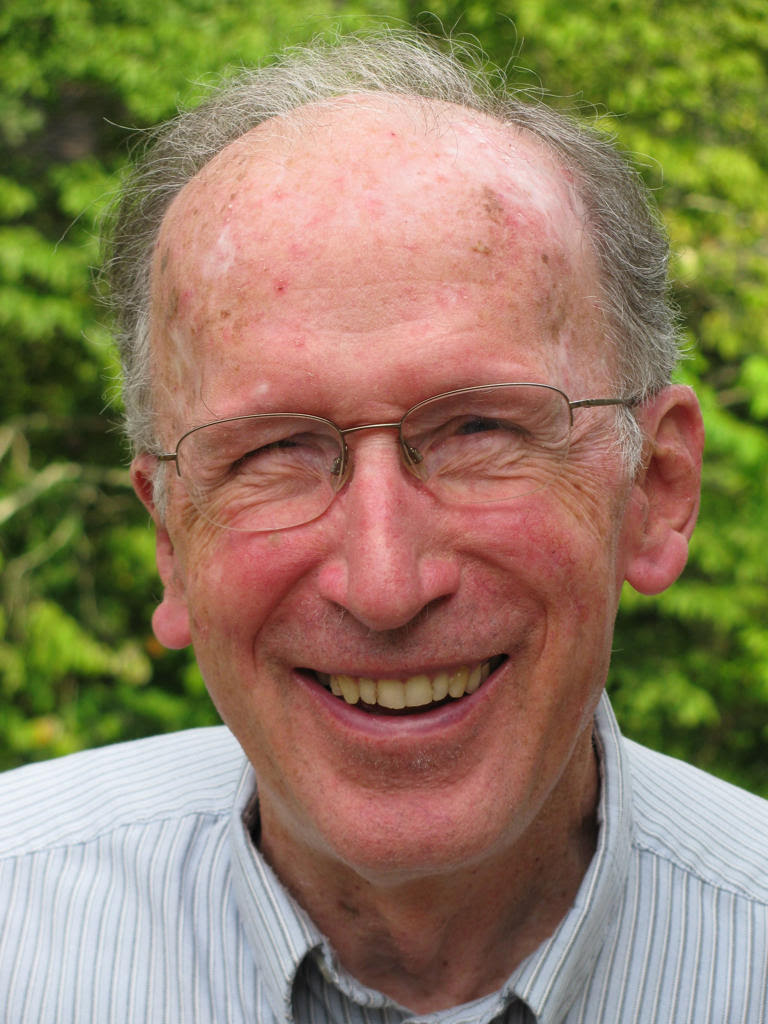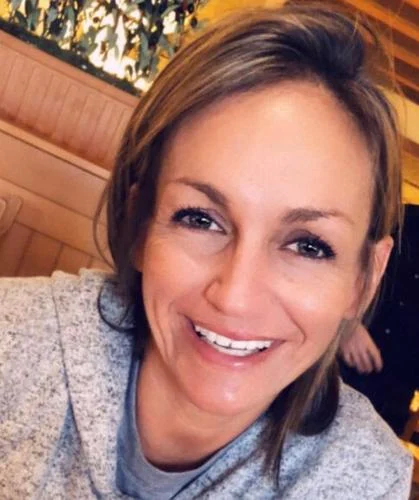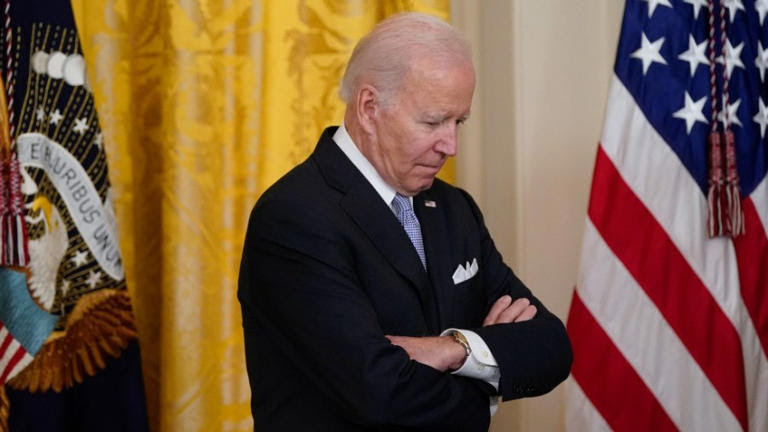
Opinion by Tomas J. Philipson, opinion contributor
Patients could become the collateral damage of a tug of war that Washington
is playing between lowering drug prices and lowering the death rate from cancer.
It comes at a moment when the White House’s proposed Cancer Moonshot initiative
took center stage at the flagship meeting of the American Society of Clinical Oncology
(ASCO) and as Sen. Joe Manchin (D-W.Va.) resumes talks with Democratic leadership
to revitalize drug price controls.
Despite the great intent of the Cancer Moonshot, new evidence tells us the joint implementation of such price controls from Congress will raise cancer mortality substantially and stall out decades of progress to discover treatments for a
devastating and personal disease.
Cancer is the second leading cause of deaths in the U.S. today, killing about 600,000 Americans a year. Most of us have been left behind by loved ones who became victims
of the dreadful disease. Given its large historical presence, in 1971 the National Cancer
Act was passed in a bipartisan fashion, spurring the War on Cancer through decades of significant public investment in cancer research that continues to this day. Evidence has found that the economic rates of returns of this war, the gains in cancer longevity relative to investments in research and development (R&D), have been enormous and that cancer patient gains from the war have been five times as large as those of drug companies who made such investments.
Recently the Biden administration aimed to further this ongoing war by reigniting
the Cancer Moonshot to substantially cut cancer mortality through its proposed federal budget. Its stated objectives include cutting cancer mortality in half over the next 25 years. Just as for the rest of us, family members of the president were struck with the disease, and this seems to have heightened the relevancy for the president of the Moonshot initiative before his current term in the White House.
In the budget, the White House proposed a $1.9 billion annual increase in public R&D
funding for cancer, mainly through additional funds to the Advanced Research Projects Agency for Health (ARPA-H) and the National Cancer Institute (NCI). This represents about a 3 percent increase to what we estimate is the current level of cancer R&D, public and private, of about $57 billion, where the private share is not directly reported given the proprietary nature of R&D. This injection of federal funds comes at a time when cancer research is booming due to existing market and policy incentives. Our analysis finds an astonishing 49 percent of the total FDA pipeline today is for new cancer treatments and
27 percent of new drug and biologics approvals are for cancer.
But the Moonshot is not the only Washington proposal affecting cancer R&D and the discovery of future treatments for cancer patients. In fact, contradictory to the Biden administration’s goals on cancer, a separate effort in Congress to institute price controls on prescription drugs would actually dampen the very efforts to fuel the development of new, potentially groundbreaking cancer treatments.
In a new analysis , researchers at the University of Chicago found that proposed drug price controls on cancer treatments will reduce overall annual cancer R&D spending by about $18 billion per year , or 31.9 percent.
Despite admirable efforts by the administration to increase funding for cancer research, the reduction in total R&D spending from the proposed price controls is about 9.5 times as large as such an increase from the budgetary expansion. In short, cancer patients would miss out on 9.5 times as many new drugs due to price controls as they gain from the Cancer Moonshot initiative.
Despite mountains of evidence, some politicians unfamiliar with how markets work
argue that future profits do not drive R&D spending so price controls will not impact the development of new drugs. Maybe a Congressional field visit to a venture capital or private equity firm would be useful, to see in action the self-evident fact that future profits drive the funding rounds needed to finance the trials required by FDA.
Or just look at how little private research occurred understanding COVID natural immunity compared to vaccines because natural immunity cannot be sold but vaccines can. Turns out good science relies on good profits.
Politicians also argue that cancer care is more expensive here than abroad, arguing that we need to import foreign price controls. But if the large U.S. market pays less than the actual value of cancer treatments like foreigners do, it will have larger effects worldwide as the U.S. contributes more than 70 percent of the global drug earnings driving worldwide innovation.
Such innovation is making remarkable strides at the moment.
At ASCO this June, researchers presented findings from a small clinical trial for colorectal cancer that triggered a remarkable remission in all 14 patients who received the treatment.
It is a testament to what is possible for patients who are suffering from a devastating disease and how dedicated R&D spending can change the course of care.
It is also a stark reminder of what is at stake for the president and an administration that is focused on both lowering cancer mortality and prices of cancer treatments. Though the actions of the administration and Congress are well-intended, price control proposals will unintentionally reverse decades of progress to win the ongoing war on cancer that began in 1971 when President Nixon signed the National Cancer Act.
Tomas J. Philipson is the Daniel Levin Chair Emeritus at the University of Chicago Harris School of Public Policy and a former member and chair of the White House Council of Economic Advisers from 2017 to 2020. He reports research support or consulting income from many industries including biopharmaceutical companies.
TAGS BIDEN CANCER DEATHS CANCER MOONSHOT CANCER RESEARCH
DRUG PRICE NEGOTIATION JOE MANCHIN NATIONAL CANCER INSTITUTE PHARMACEUTICALS POLICY PRESCRIPTION DRUG PRICES
PRICE CONTROLS PRIVATE INVESTMENT RESEARCH AND DEVELOPMENT
Related video: President Biden and his mounting dilemmas.
Brian Rivers on President Biden’s Cancer Moonshot initiative.
Cancer death rates fall 32 percent since 1991 peak | The Hill
The ACS noted that the report also does not account for the effects of the COVID-19 pandemic on diagnosis and treatment since the fatality data goes up to 2019.
The Hill has removed its comment section, as there are many other forums for readers
to participate in the conversation. We invite you to join the discussion on Facebook and Twitter. 🌷💛☀ Let light shine out of darkness ☀💛🌷
Inflation: Reagan and Trump vs. Carter and Biden | Opinion (msn.com)
Inflation is Biden administration’s ‘biggest problem’ but not his ‘highest priority,’
Dana Perino says (msn.com)

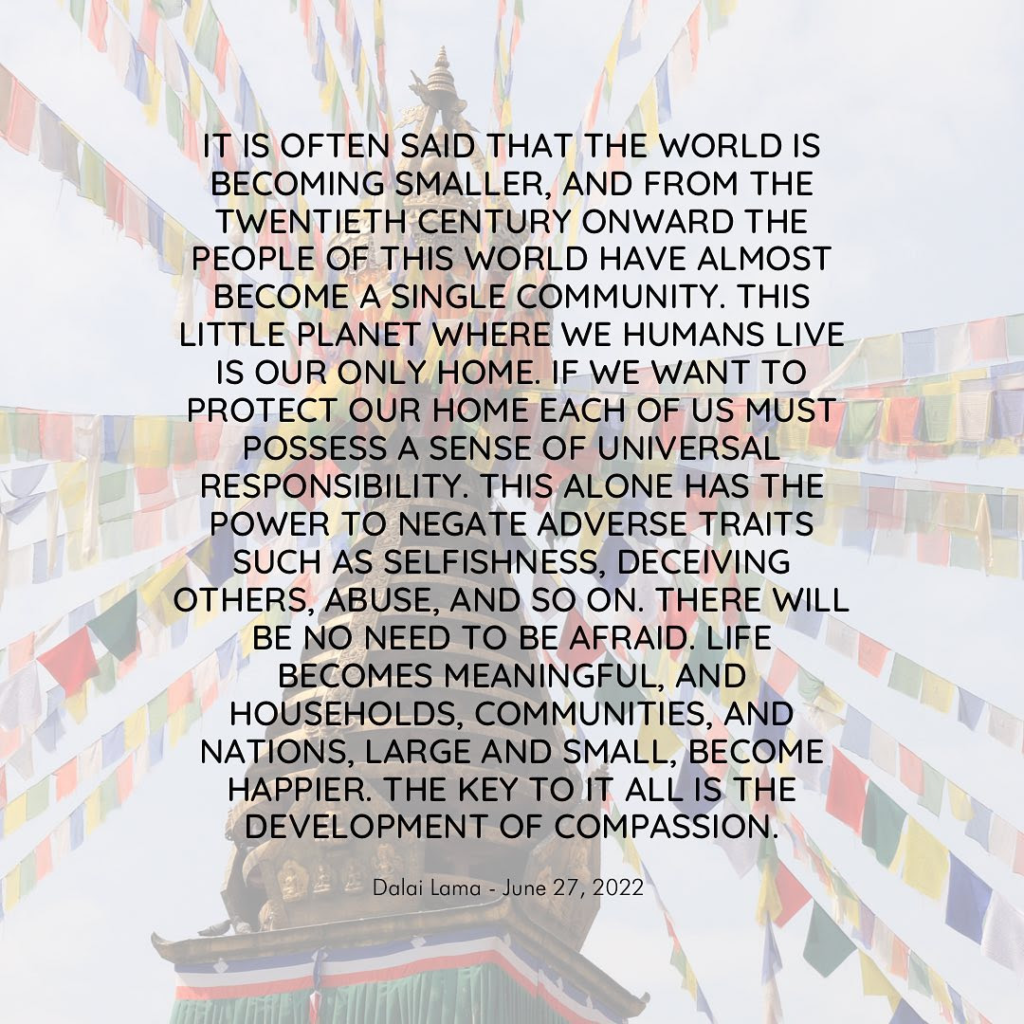
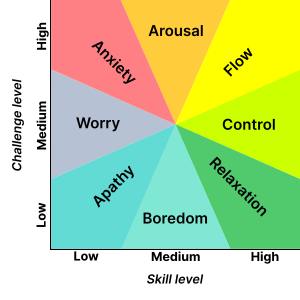
 Peaks last night !
Peaks last night !










